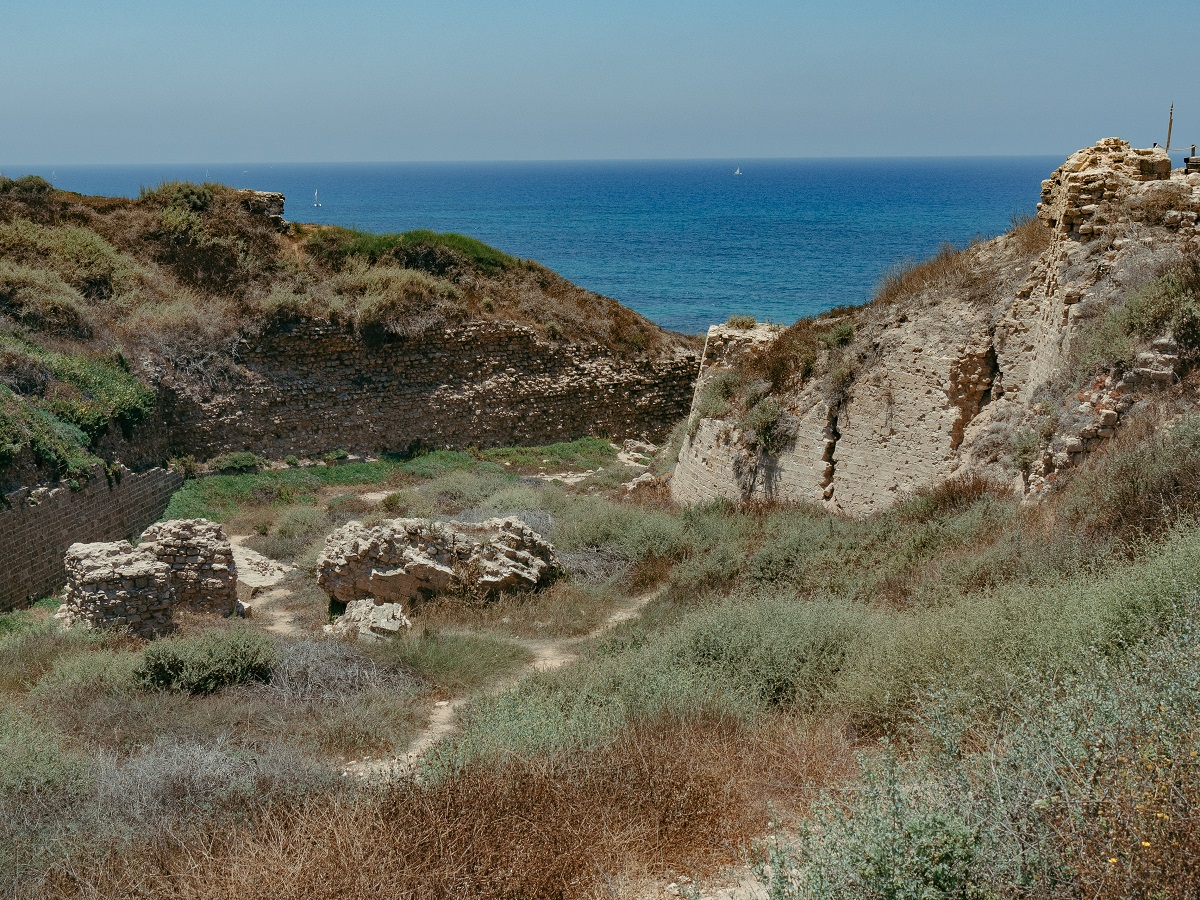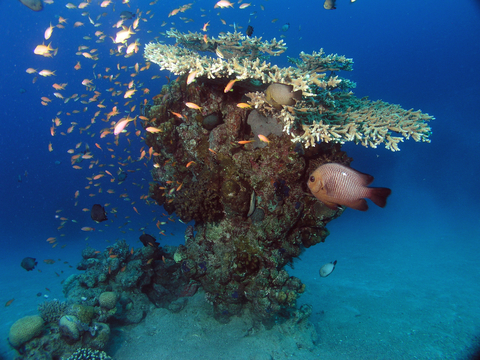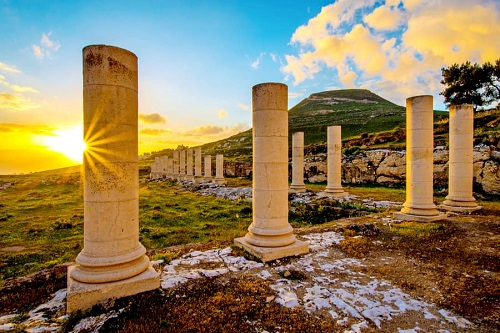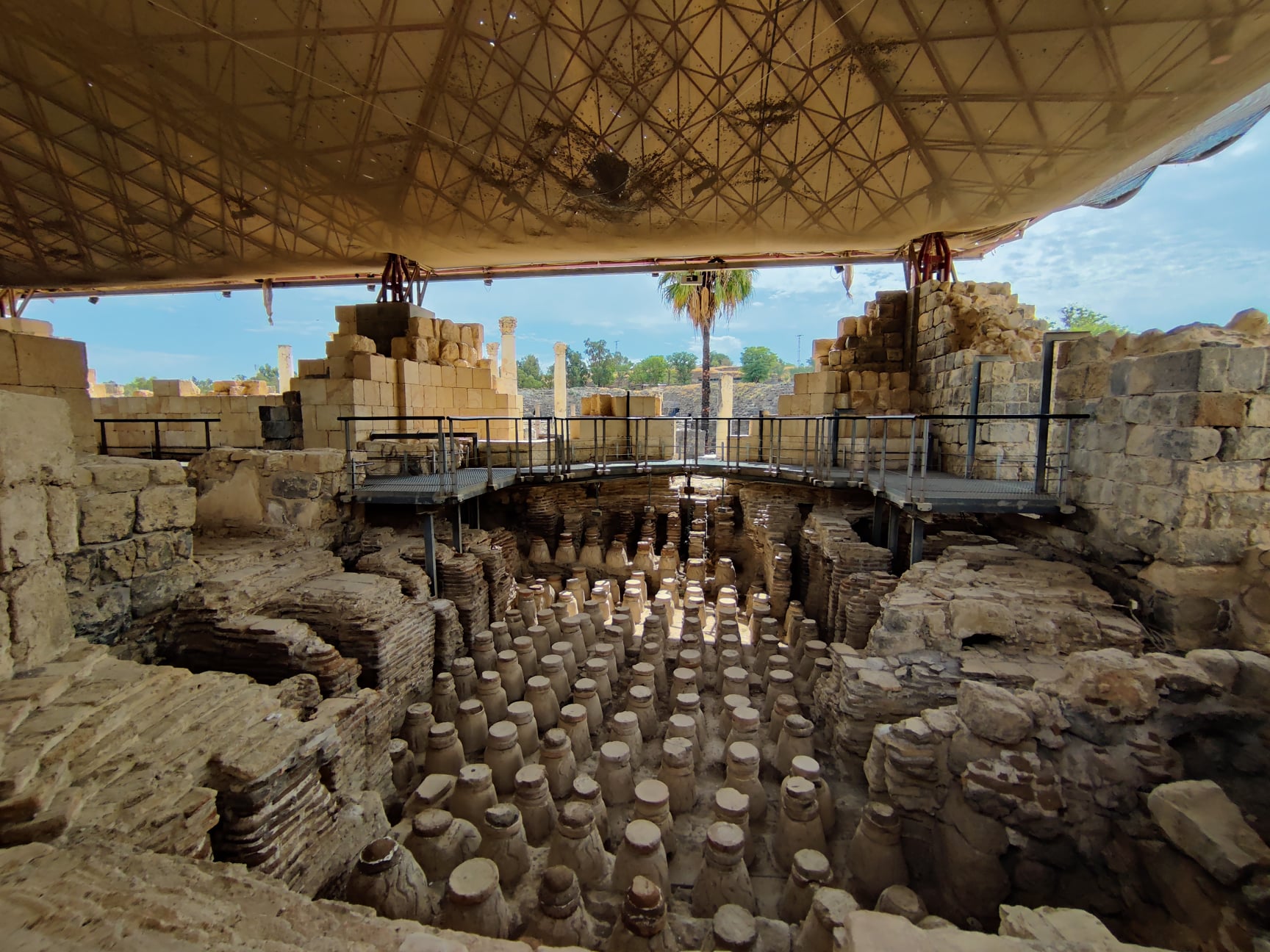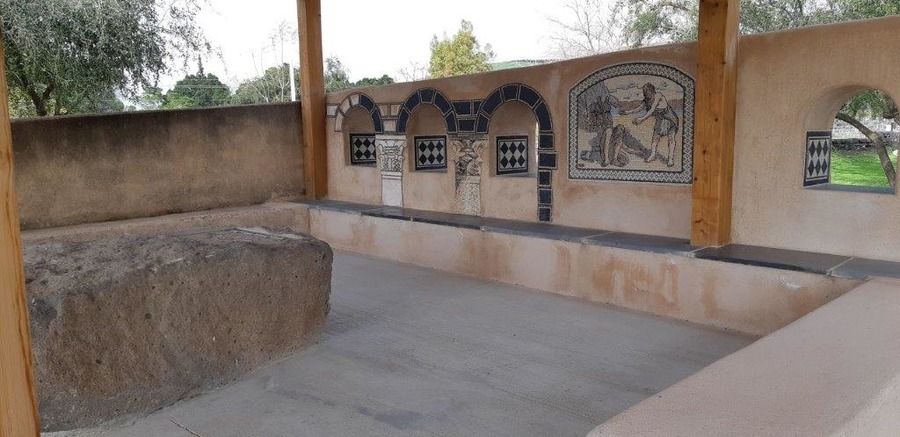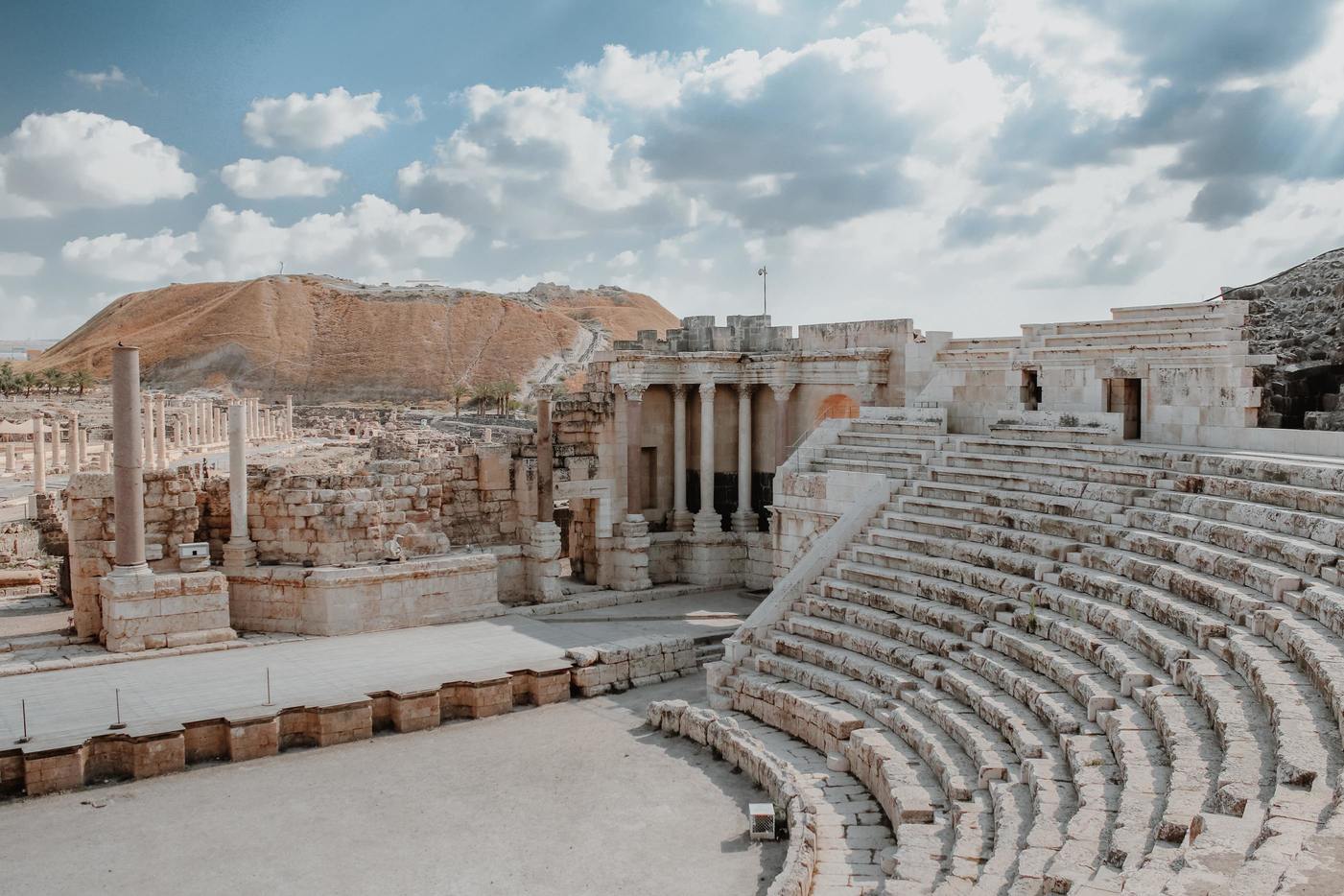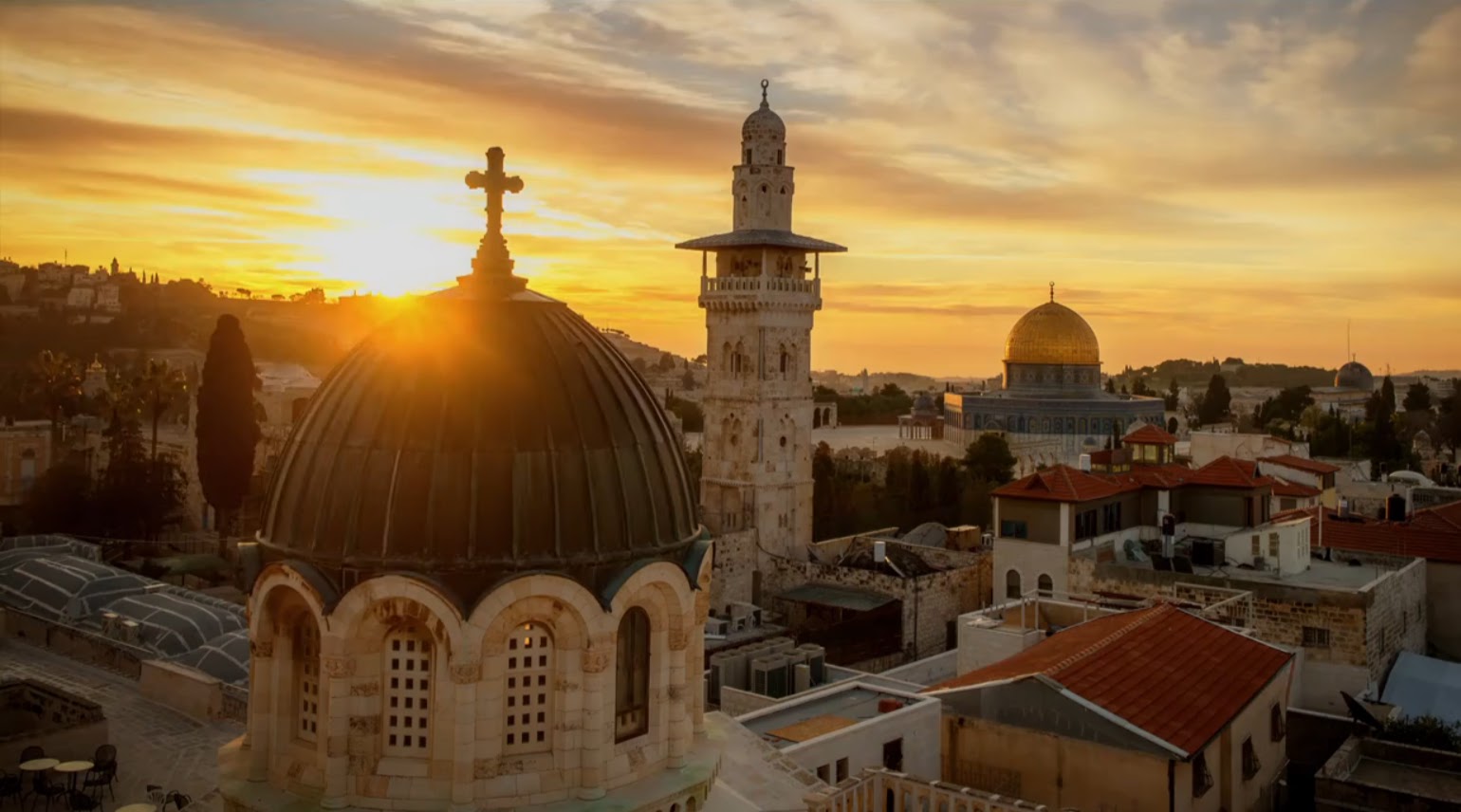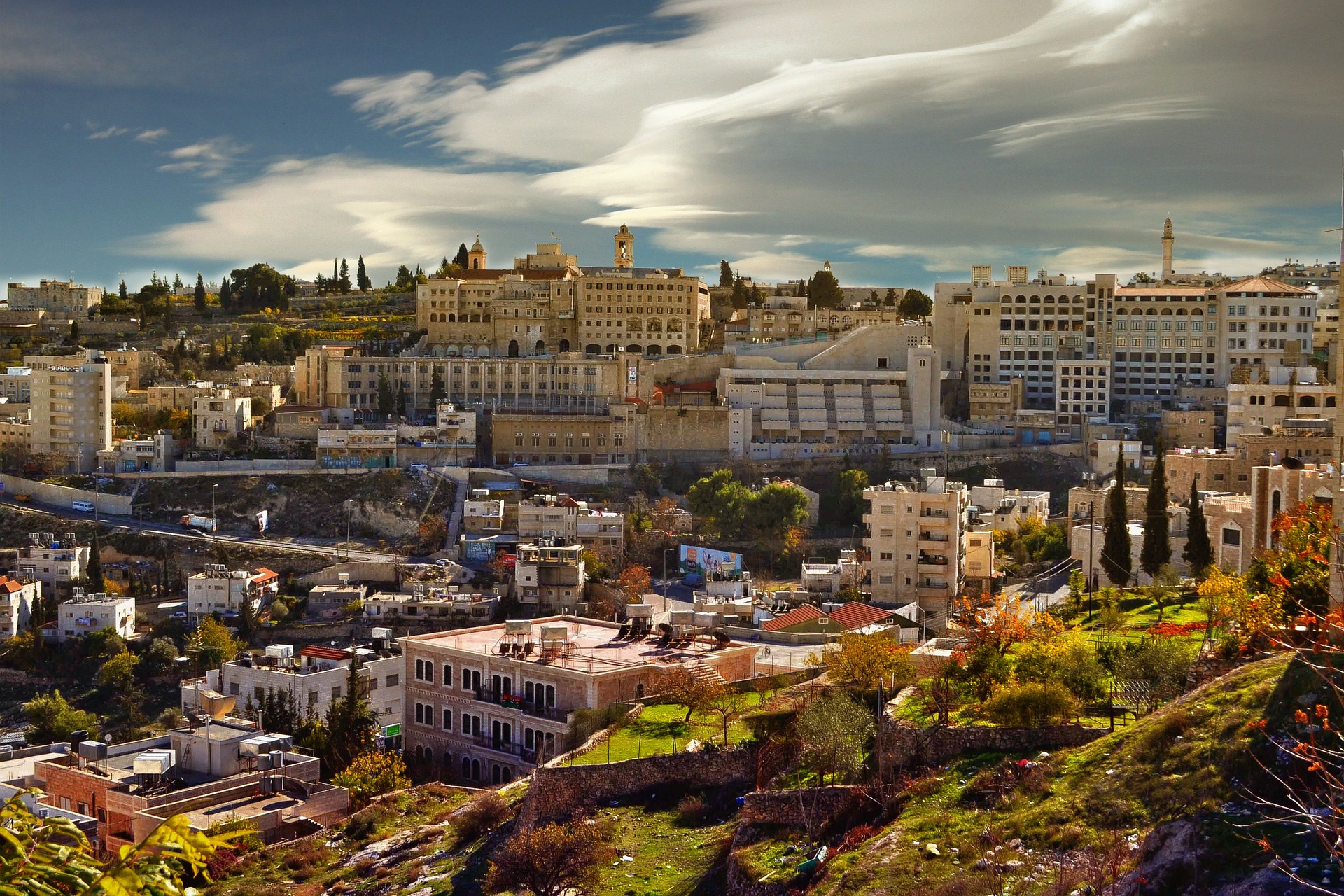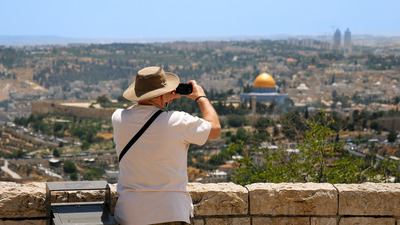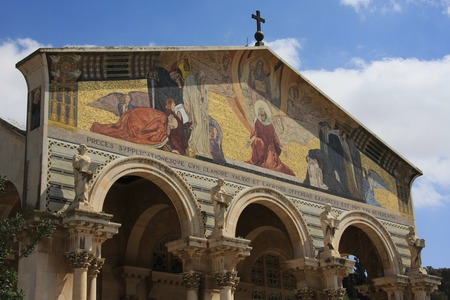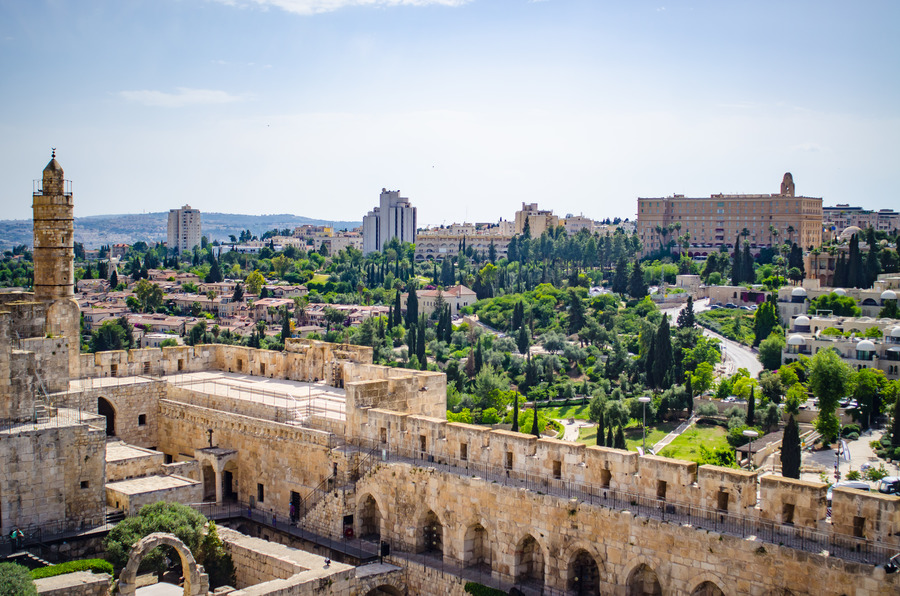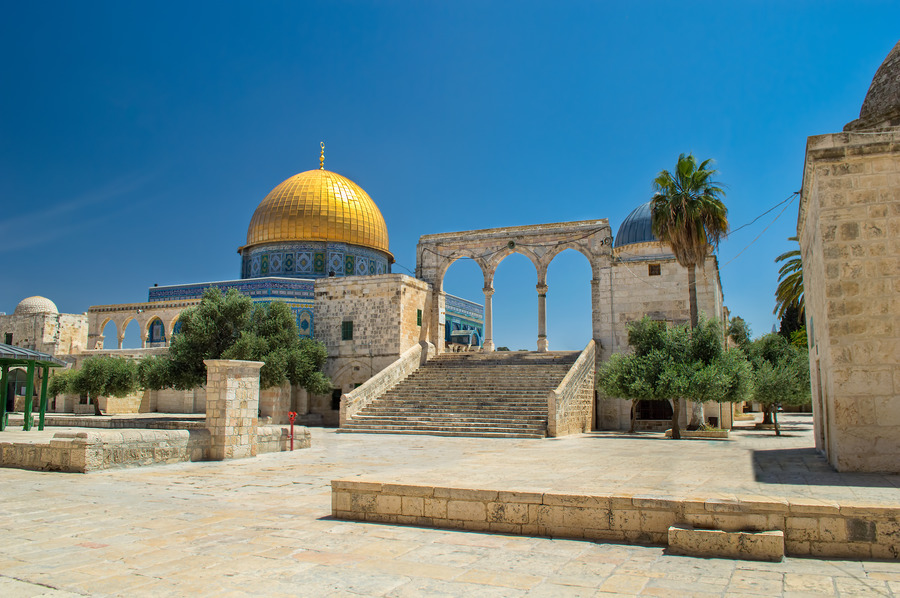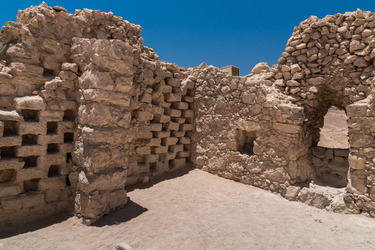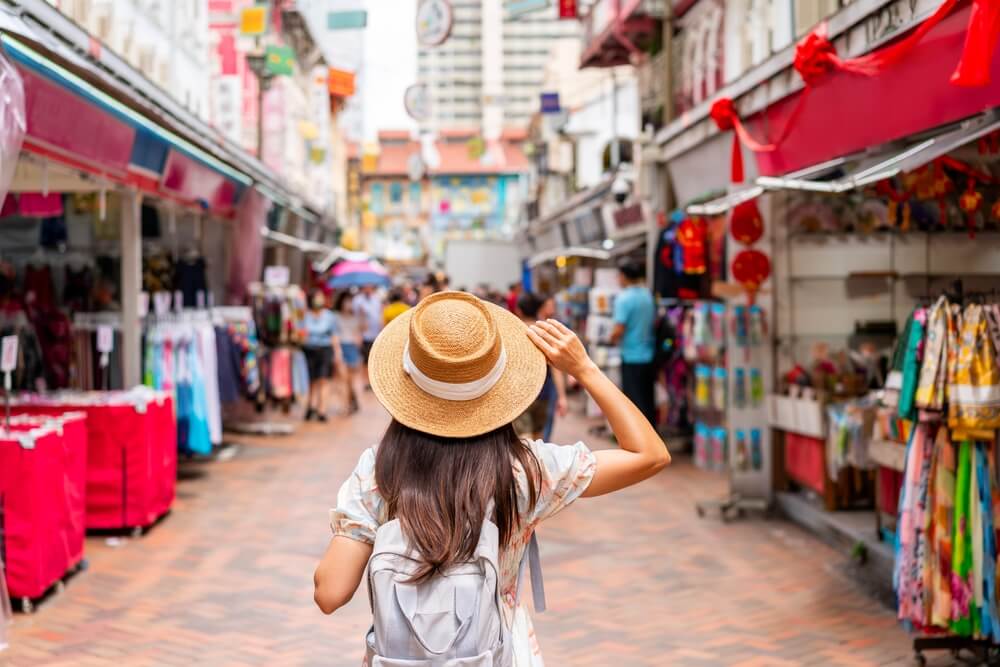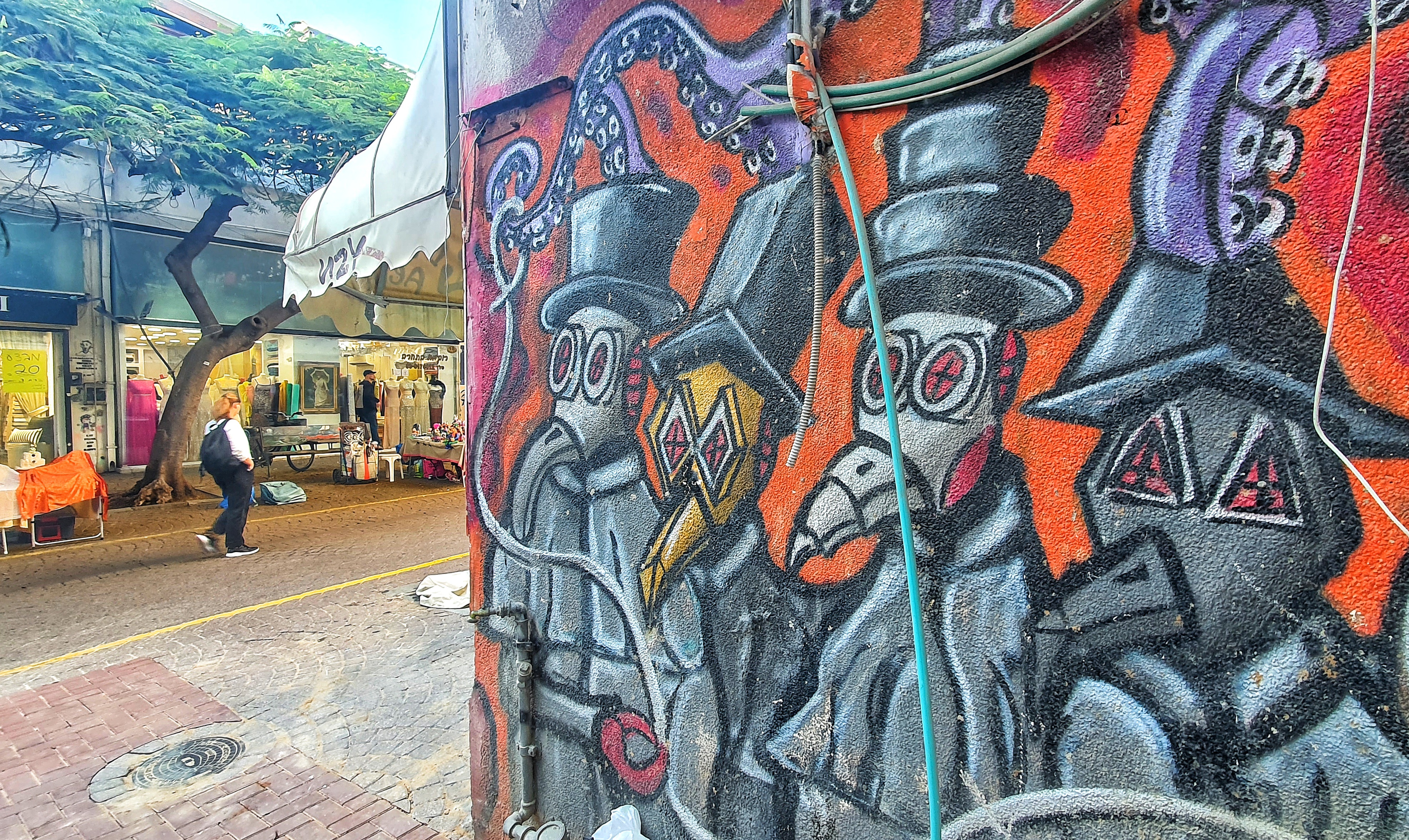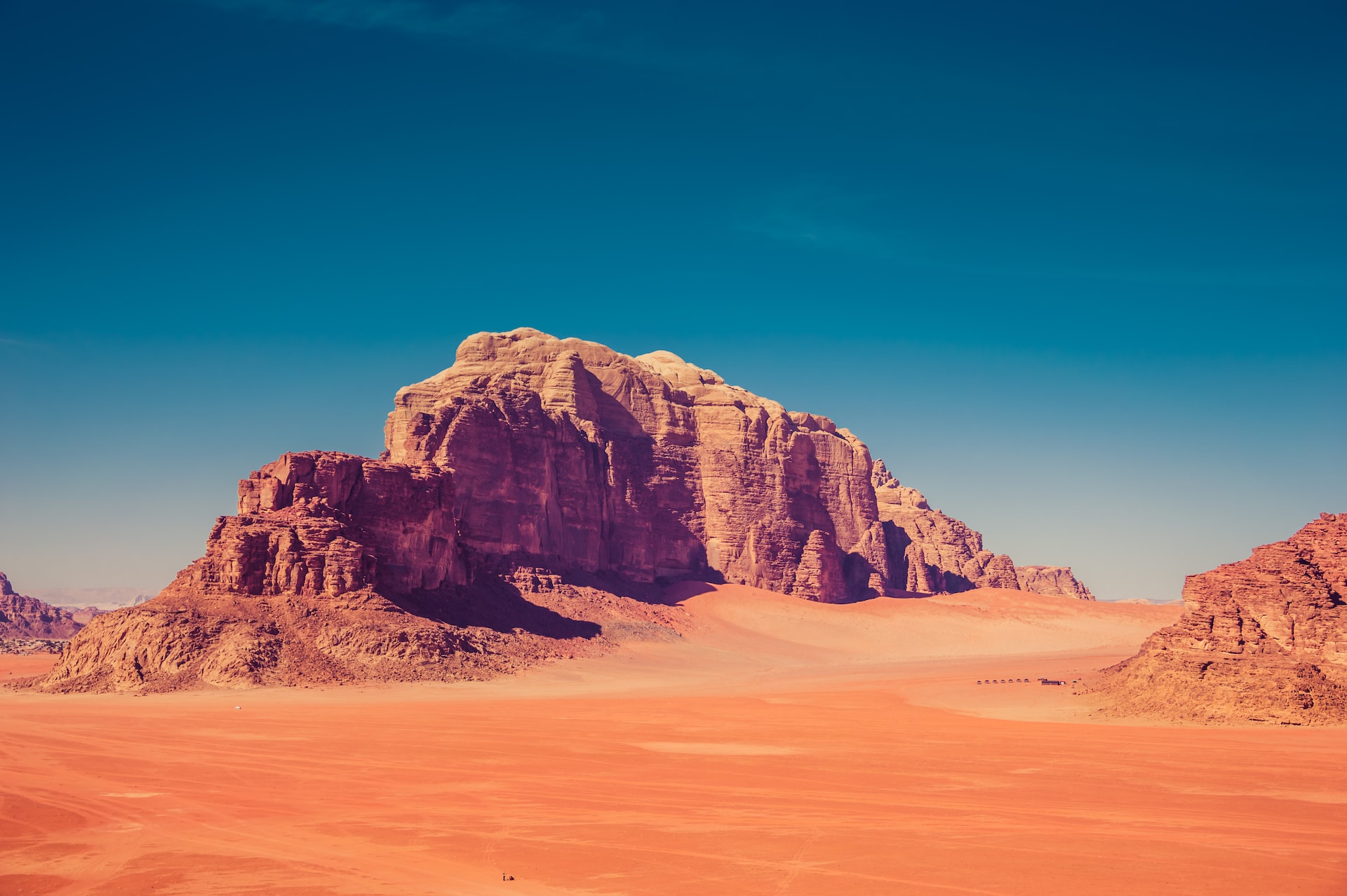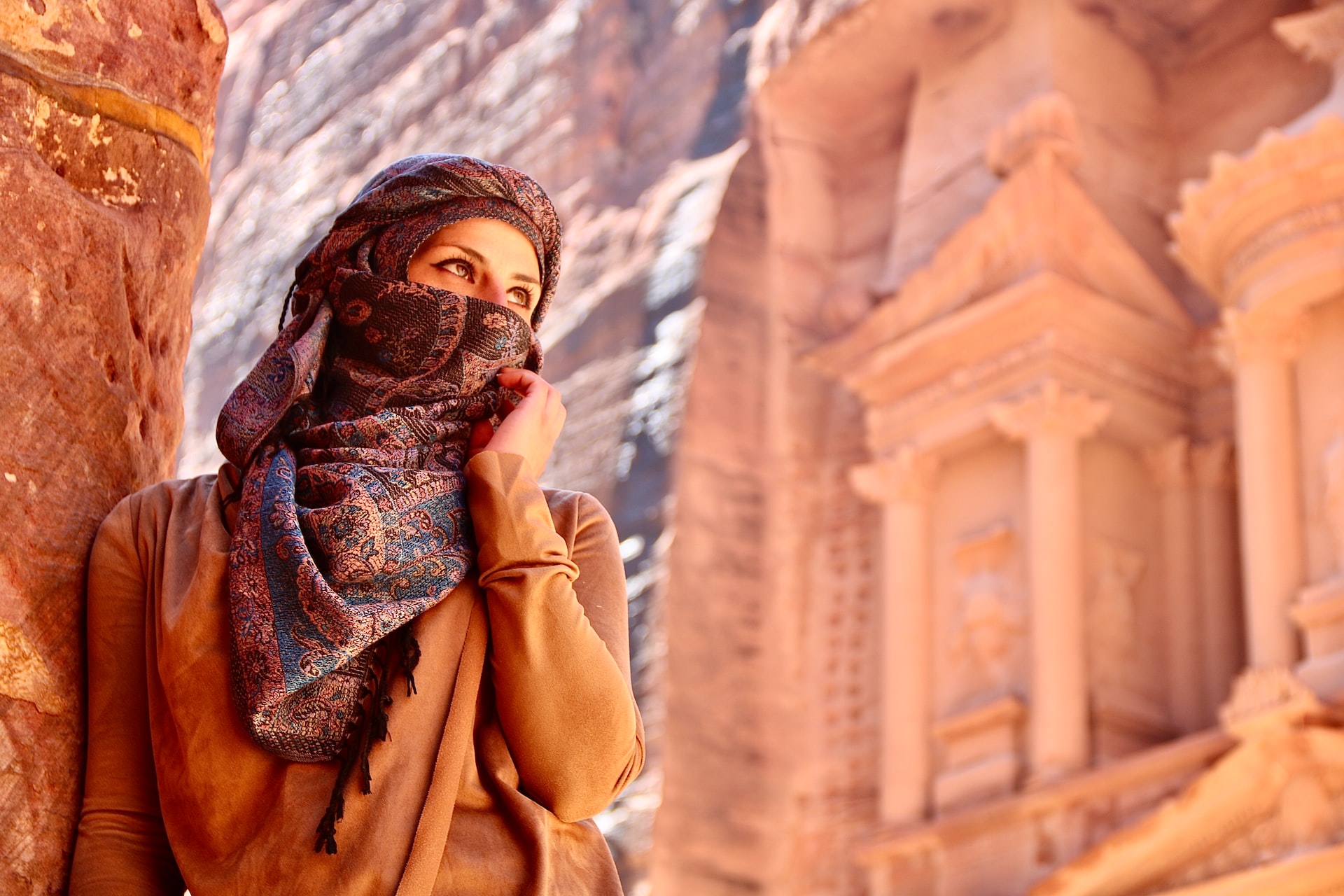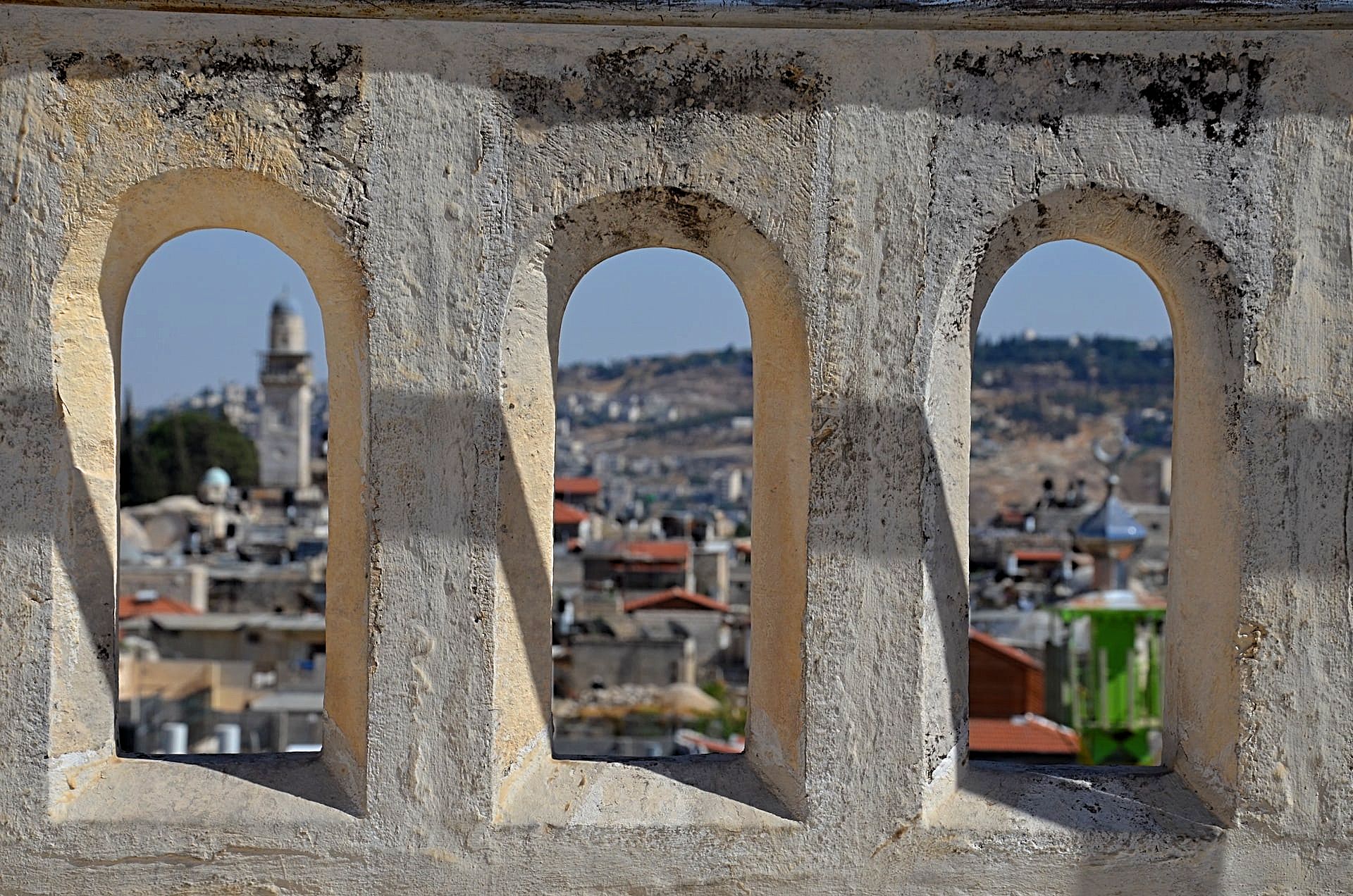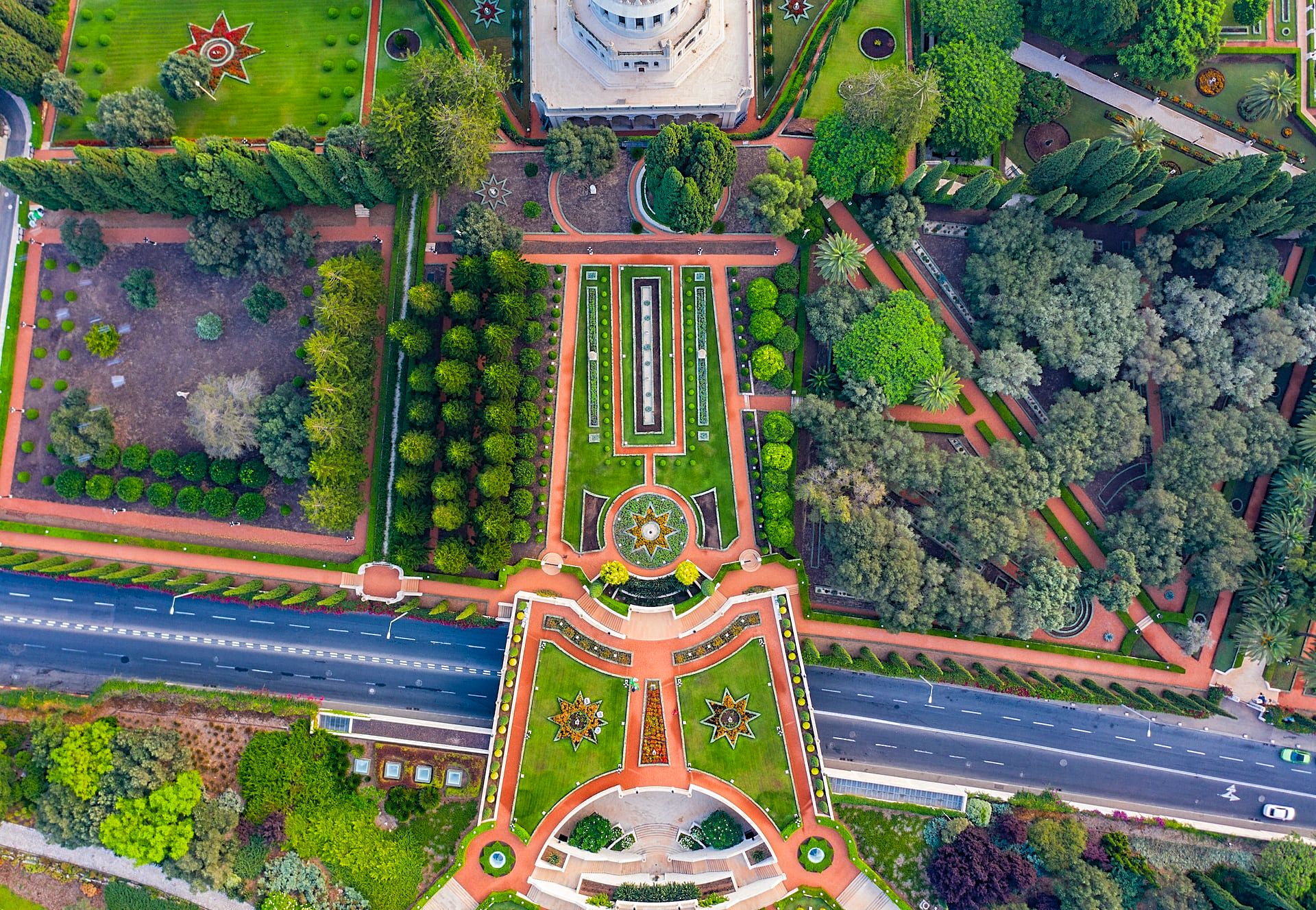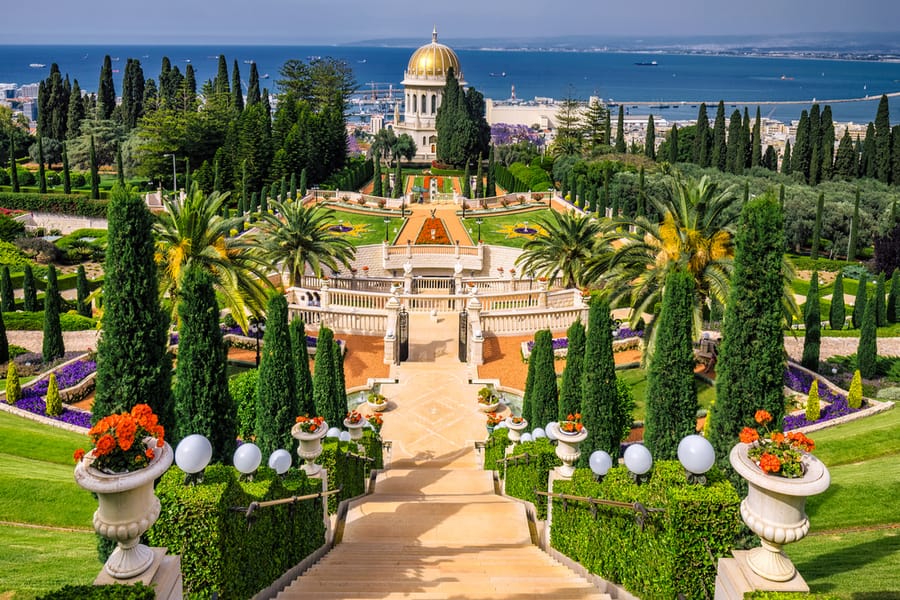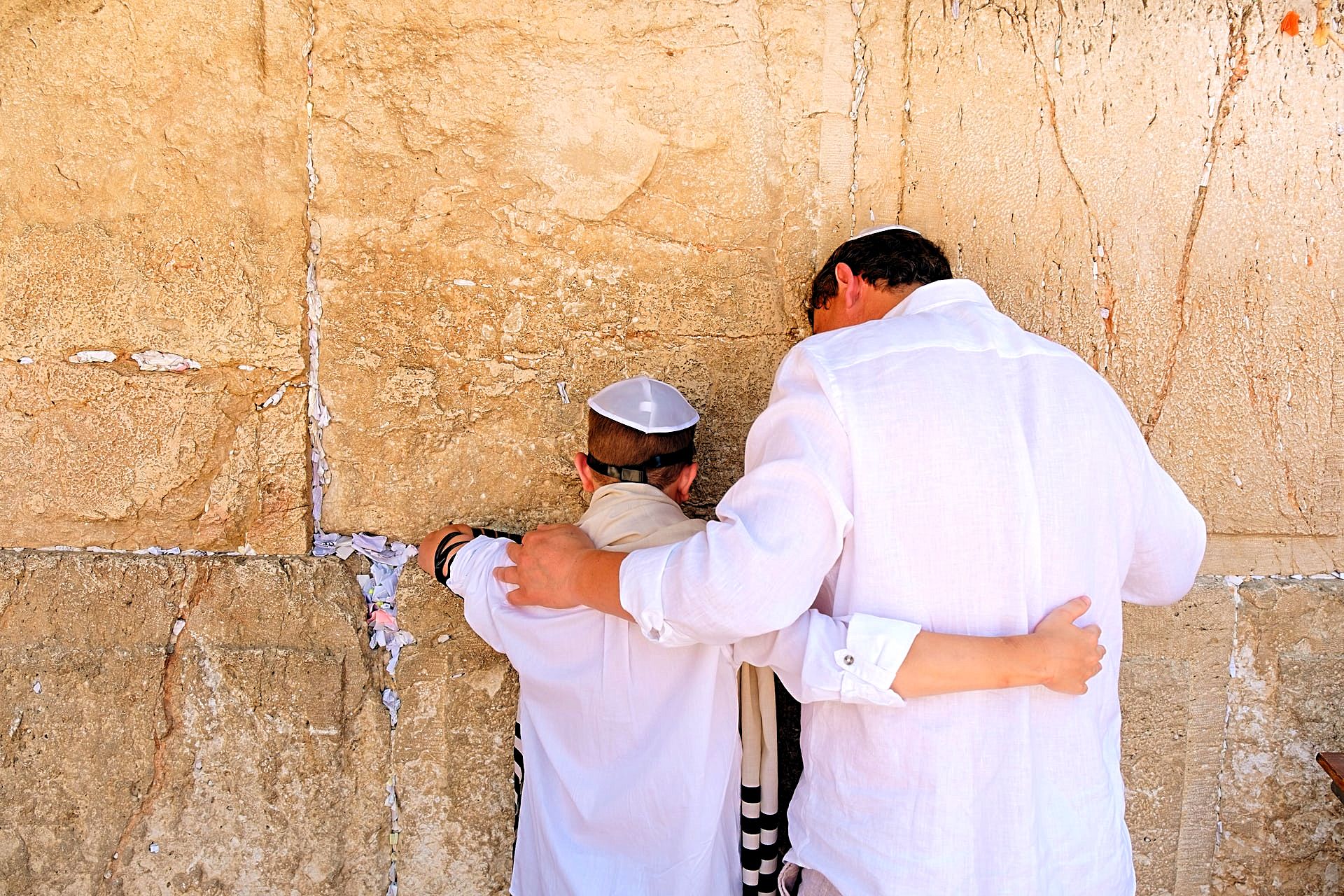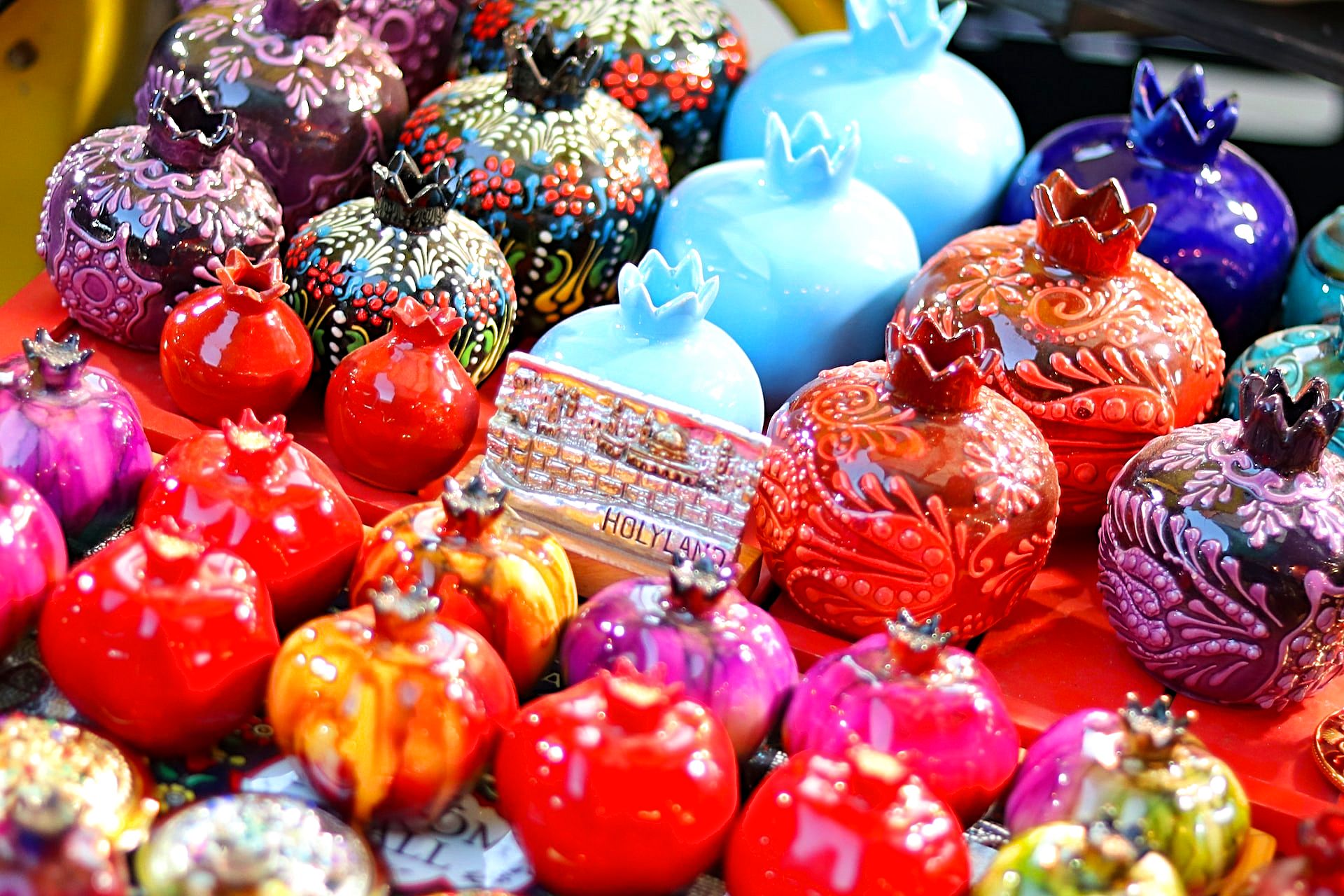The Great Israeli Breakfast
Whether you’re sunning yourself on a pristine beach all day, exploring ancient Roman ruins, visiting one of Israel’s wonderful museums or hiking in national parks, you’re going to have an appetite at the end of it all, which is why we’re often asked by our clients for dinner recommendations.Shakshuka - an integral part of Israeli breakfast. Photo bySara DubleronUnsplashFair enough. But what about breakfast recommendations? One thing you’ve got to know when you’re visiting Israel is that the locals take their first meal of the day very seriously, particularly over the weekend (Friday and Saturday are the country’s ‘Shabbat’). And the ‘great Israeli breakfast’ as it’s often talked about, is really as good as they say, trust us.Israeli Breakfasts and what they’re all aboutAn Israeli breakfast is very different from what you’d get in the USA (sausages, waffles, pancakes), England (bacon, egg, beans and fried toast) or France (a simple croissant or pain au chocolat if you’re feeling decadent). If you go to a cafe in Israel and order a breakfast special, you’re looking at a meal that will probably keep you going for several hours, if not until the evening.As well as eggs, which are served any way you like, there will be plenty of fruits, juices, cheeses (both white and yellow), vegetables, olives, savoury dips and spreads and - of course - an enormous bread basket to dig into. And that’s the ‘regular’ typical Israeli breakfast. Many spots in Israel offer plenty of ‘add-ons’.These might include muesli and granola, cold fish (mackerel, salmon, tuna, herring), homemade jams, baked goods such as croissants and pain viennois and hot dishes such as shakshuka (eggs served in a spicy tomato sauce, served with bread for dipping) and malawach (a flaky fried flatbread hailing from Yemen). Ready to tuck in? Then take a look below at our top picks for a great Israeli breakfast. Hummus plate with eggplant and pita on the table. Photo byKao RodriguezonUnsplashWhere to sample an Israeli breakfast in Tel Aviv?Benedict - Everyone in Israel knows Benedict. Their amazing breakfasts speak for themselves and the great food, combined with friendly and efficient service, means there’s always a line! They’re all over the country but in Tel Aviv there are several - the most popular ones are near the Tel Aviv Port (Namal) and on Rothschild Boulevard.They serve eggs in a variety of ways, their bread baskets are delectable and they also offer waffles, American pancakes, French toast as well as iced coffee and fresh juices. Not inexpensive but definitely worth it. Be warned - the queues are long at the weekend and you could wait at least 30 minutes - bring a book! More details here www.benedict.co.ilCafe Xoho - This hipster hangout isn’t just for hipsters - it’s for foodies - especially those who love baked goods and bagels to boot! Close to one of Tel Aviv’s most popular beaches As well as typical Israeli breakfast staples, they have pancakes, a pink granola bowl (with chia) and a delicious breakfast burrito. On the drinks front, try a Vietnamese coffee (with condensed milk), a masala chai or their famous matcha smoothie (matcha, banana, coconut milk, tahini, honey and halva on top). Xoho is also gluten-free and vegan-friendly. With the fab ambience and tasty food, this is a gem of a place to eat. Address: Ben Yehuda 73 (near Frishman Beach). Tel. 03 561-6745.Delicious food atCafe Xoho. Photo by Dror Einav PhotographyHotel Montefiore - If you want to splash out on an upscale Israeli breakfast, you can’t do better than book a table here. Like the hotel in which it is situated (sophisticated and luxurious), enjoy gorgeous bread baskets, strong French coffee and an eggs benedict that’s to die for. The service is impeccable (everything comes to you on white china),If you feel particularly decadent, order the chocolate mousse. A word of warning: you might need to book weeks ahead for breakfast at the weekend here. Take a walk to the Carmel Market afterwards, if you want to burn off some calories. Address: Montefiore 36 (not far from Rothschild Boulevard). Tel: 03 564-6100.Dallal Restaurant- Tucked away in Neve Tzedek, one of Tel Aviv’s most charming neighbourhoods, this is a beautiful, upscale place to have breakfast (or brunch). Visitors love the Bloody Marys and scrambled eggs served with smoked salmon and cream cheese and the French toast with ricotta cheese, berries and sweet cream is fabulous. Oh, and if you have a sweet tooth, try the pistachio and strawberry dessert. All around the neighbourhood are lovely boutiques and coffee shops, as well as the beach just a few minutes' walk away, so it’s a great place to go for a stroll after you’ve eaten (to walk off the calories, as well as enjoy the area!) Address: Shabazi 10, Neve Tzedek. Tel: 03 510-9292.Morning in Tel Aviv, Israel.Photo byDaniel KleinonUnsplashWhere to eat an Israeli breakfast in Jerusalem?Kadosh - Kadosh has been in business a long, long time - since 1967, to be precise! After Meir, its founder, passed away, his son Itzik took it over and he must have been doing something right because it was rated ‘Best Breakfast in Jerusalem’ by the Hebrew press a while back.Cafe Yehoshua- This local cafe - based in Rehavia, just outside the city centre - is loved by its neighbours and has the added bonus of sidewalk seating, for warmer days. The food is rich and tasty and they have a reputation for serving excellent shakshuka and a wide variety of salads in their regular Israeli breakfast!This is one of the few restaurants in Jerusalem that is not kosher, so you will be able to order dishes that mix milk and meat. Good coffee, music not too loud (but enough to be pleasing) and fresh juices to boot. Not cheap, but worth it.Israeli breakfast atCafe Yehoshua, Jerusalem. Photo via Cafe YehoshuaNocturno - The locals in Jerusalem love this palace because of the quality of the food, good service and wonderful atmosphere. Fresh eggs, smoked salmon and fabulous mushrooms and fried potatoes is a dish that’s raved about and they also do a mean toasted croissant with cream cheese and onion.Vegans are well-represented too - and their non-dairy muesli goes down a storm…almond yoghurt and fresh fruit, served with silwan (a delicious date syrup). And for those with a sweet tooth, there’s also a vegan halva parfait or a hot chocolate fudge cake! Yum. Address: Nocturno, 7 Betzalel Street. Tel: 077 700-8510.As well as the regular Israeli breakfast they serve, customers love their baked goods - particularly the croissants - and wonderful French pastries on offer. We’d highly recommend the salmon and the pain au chocolat! Just be prepared to wait in line for them…Address: Kadosh, Queen Shlomotzion 6. Tel: 02 625-4210.Vegan shakshuka at Nocturno Cafe, Jerusalem. Photo viaCafe NocturnoWhere to enjoy an Israeli breakfast in Haifa?Millhouse Cafe - Close to the sea, in downtown Haifa, this is a lovely little place, popular with students and surfers alike, and serving less than -run-of-the-mill fare. Their sandwiches are imaginative (unusual ingredients, fantastic cheeses) and their spreads for the bread, if you order eggs, are all homemade! If you want to take a chance on something new. try one of their juices, quinoa and bulgar wheat salad or one of their mango tarts. Yum! And, as they say, “We serve damn fine coffee.” Recommended. Address: Millhouse, Bat Galim 14. Tel: 04 887-1181.Best Israeli breakfast in Mitzpe RamonLasha Bakery - If you’re in the Negev, stargazing at the Ramon Crater or rappelling down its edges, head to Lasha Bakery, which doesn’t do traditional Israeli breakfasts but makes up for it with delicious baked goods, pastries and quiches. They also sell products to take away - such as date syrup - which can make a wonderful souvenir from Israel.Enjoy quiches, focaccia, slices of maple and almond cake and empanada-style delicacies stuffed with vegetables. Lasha also offers sambusaks (savoury pastries), pretzel rolls and sesame sticks. Their coffee is great too and since they’re located in the trendy Spice Quarter, you can walk around the other stores afterwards. Address: Lasha Bakery, Har Boker 6. Tel: 050 361-1488. Green shakshuka in one of the Israeli cafes. Photo credit: © Oksana MatzBest Israeli breakfast in EilatOptimi - If you’re down in Eilat, on the Red Sea, you’ll find great service at this unpretentious little place, which serves good coffee, typical Israeli breakfasts and plenty of fresh bread too. Reasonable prices and they go out of their way for vegans too (think beyond meat burgers or vegan shawarma). Our recommendation? Try the spicy shakshuka or a ‘vegan morning’ which comes with vegan cheese, succulent olives, homemade tahini and a tomato spread. They also have some mighty delicious desserts, including the very tasty ‘crumble cheesecake’. Afterwards, work off your appetite with a visit to one of Eilat’s many attractions, such as the Dolphin Reef, and Underwater Observatory or even head off on a trip to Petra, which is just across the border. Address: Durban 2 (near the Mall HaYam). Tel: 08 637-6510.Interested in Israeli street food or Israeli cuisine? Book our Carmel Market Food Tour and try it for yourself!Israeli breakfast at Optimi Cafe in Eilat, Israel. Photo via cafe optimi eilat



